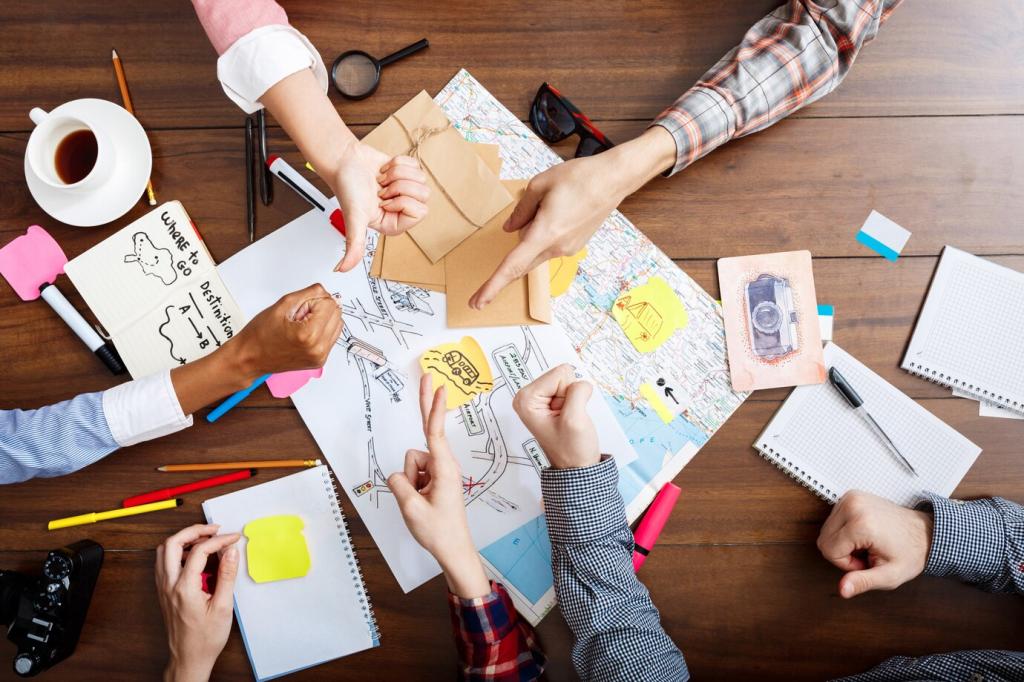Design Psychology in Action
You will physically arrange elements to feel proximity, alignment, and closure with your hands. We test how spacing changes meaning and speed of recognition. Post your before-and-after compositions and reflect on what your eye noticed first.
Design Psychology in Action
We map symbols, metaphors, and cultural cues your audience already understands. Then we iterate until the mark communicates without extra words. Share a symbol that resonates in your field, and ask the group for interpretations and pitfalls.
Design Psychology in Action
Quick hallway tests, five-second screens, and black-and-white printouts expose weaknesses early. We record reactions and refine. Invite a friend to try your test, then comment with what surprised you most about their immediate impressions.
Design Psychology in Action
Lorem ipsum dolor sit amet, consectetur adipiscing elit. Ut elit tellus, luctus nec ullamcorper mattis, pulvinar dapibus leo.



